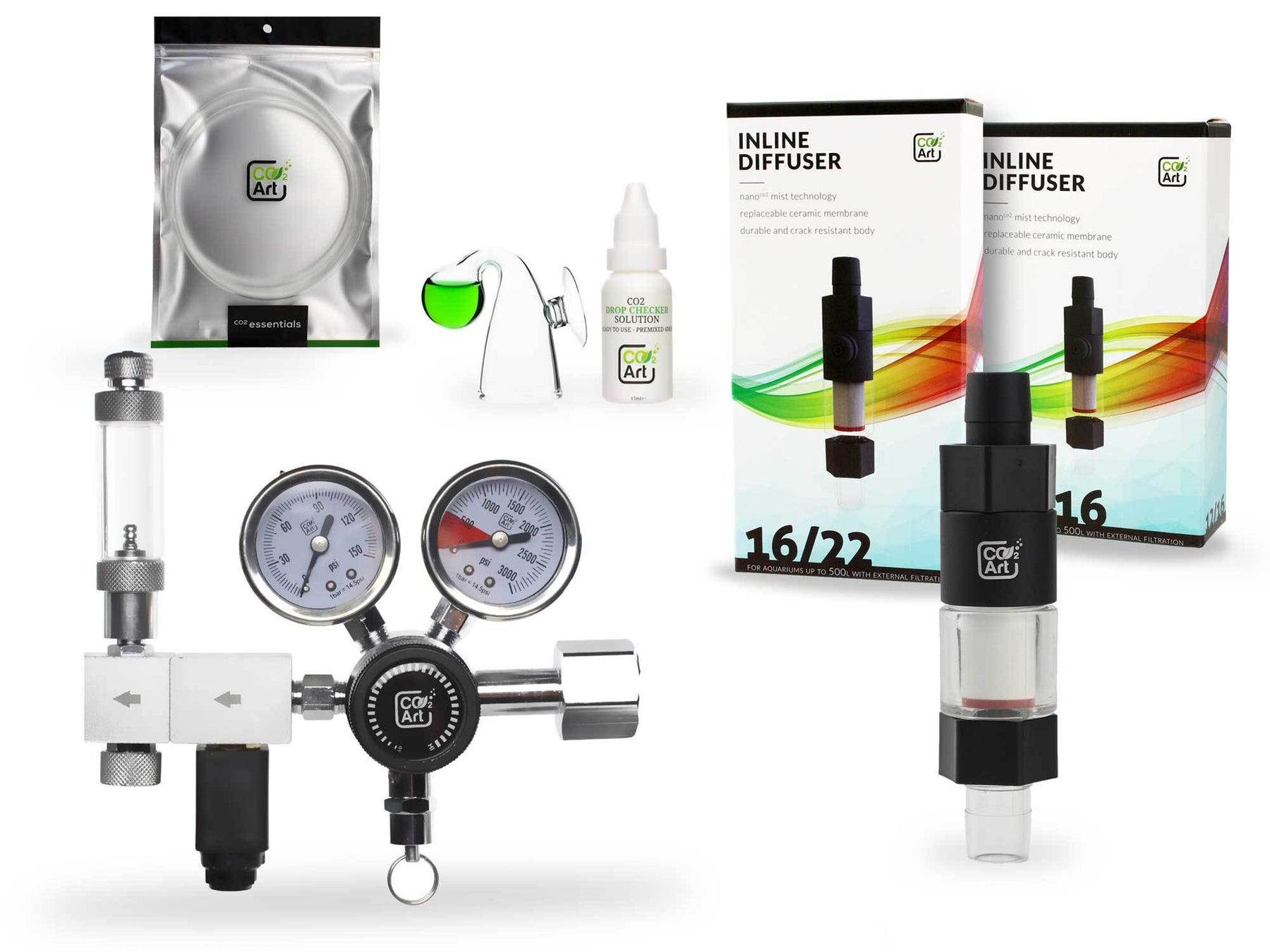No ferts, no dosing, no CO2 planted tanks - how valid are they?
Low-tech planted tanks have gained popularity among aquarium enthusiasts due to their simplicity and lower maintenance requirements. These tanks do not rely on high levels of technology or additional inputs, such as ferts, CO2 injection, or intensive dosing regimes. Instead, they focus on creating a balanced ecosystem that sustains itself with minimal intervention.
The minimalist approach in aquarium keeping is appealing for several reasons. It offers a more natural and sustainable way to enjoy aquatic gardening, reducing the reliance on artificial additives and equipment. This article delves into the validity of maintaining a planted tank without ferts, dosing, or CO2, examining whether such setups can truly thrive.
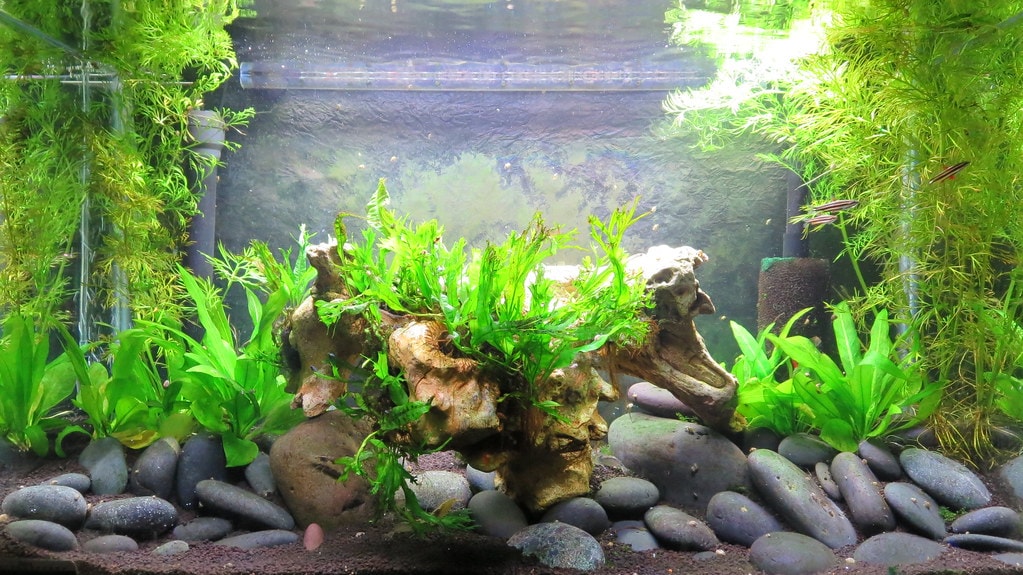
Understanding the Concept
A no ferts, no dosing, and no CO2 tank operates on the principle of minimal intervention. These setups avoid the use of commercial ferts and chemical supplements, instead relying on natural processes to sustain plant growth. The concept is rooted in creating a balanced environment where plants and fish coexist harmoniously, with each contributing to the ecosystem's health.
Comparing this approach to traditional high-tech planted tanks highlights significant differences. High-tech tanks often require precise dosing, CO2 injection, and high-intensity lighting to achieve lush, rapid plant growth. In contrast, low-tech tanks prioritise stability and sustainability, embracing a no fertiliser philosophy to reduce maintenance and potential risks associated with over-fertilization and chemical imbalances.
Historical Perspective
The evolution of planted tanks has seen various trends and methodologies come and go. Historically, the no fertiliser aquarium plants method has roots in the early days of aquarium keeping, where hobbyists relied on natural means to cultivate their underwater gardens. This approach harkens back to simpler times when technology was less advanced, and aquarists had to be more attuned to the natural rhythms of their tanks.
As aquarium technology advanced, the high-tech approach gained traction, promising faster growth and more vibrant plants. However, the resurgence of interest in low-tech methods, including the no filter aquarium method, reflects a growing desire to return to basics and foster a deeper connection with nature. Understanding this historical context helps frame the current debate on the validity of no ferts, no dosing, and no CO2 tanks.
Basic Requirements for Low-Tech Tanks
Setting up a successful low-tech planted tank involves understanding and meeting its basic requirements. While avoiding ferts and CO2 injection, it is crucial to provide the right conditions for plants to thrive naturally. Key elements include choosing the right substrate, ensuring adequate lighting, and selecting plant species well-suited to low-tech environments.
One of the critical aspects is knowing how to fertilise aquarium plants naturally. This can be achieved by using organic substrates that release nutrients slowly over time, incorporating fish waste as a natural fertilizer, and maintaining a balanced ecosystem where decaying plant matter contributes to the nutrient cycle. This approach ensures that plants receive the nutrients they need without the need for chemical fertilisers.
The Role of Substrate
The substrate is a critical component in non CO2 planted tanks. It serves as the foundation where aquatic plantsanchor and draw essential nutrients. A nutrient-rich substrate can significantly impact plant growth, providing a steady supply of minerals and organic matter that supports the health of the plants.
In a low tech tank, the choice of substrate can determine the success of the setup. Using substrates like aquasoil, which slowly release nutrients, can help maintain healthy plants without the need for additional carbon dioxide or fertilisers. This method aligns with the principles of minimal intervention and natural growth.
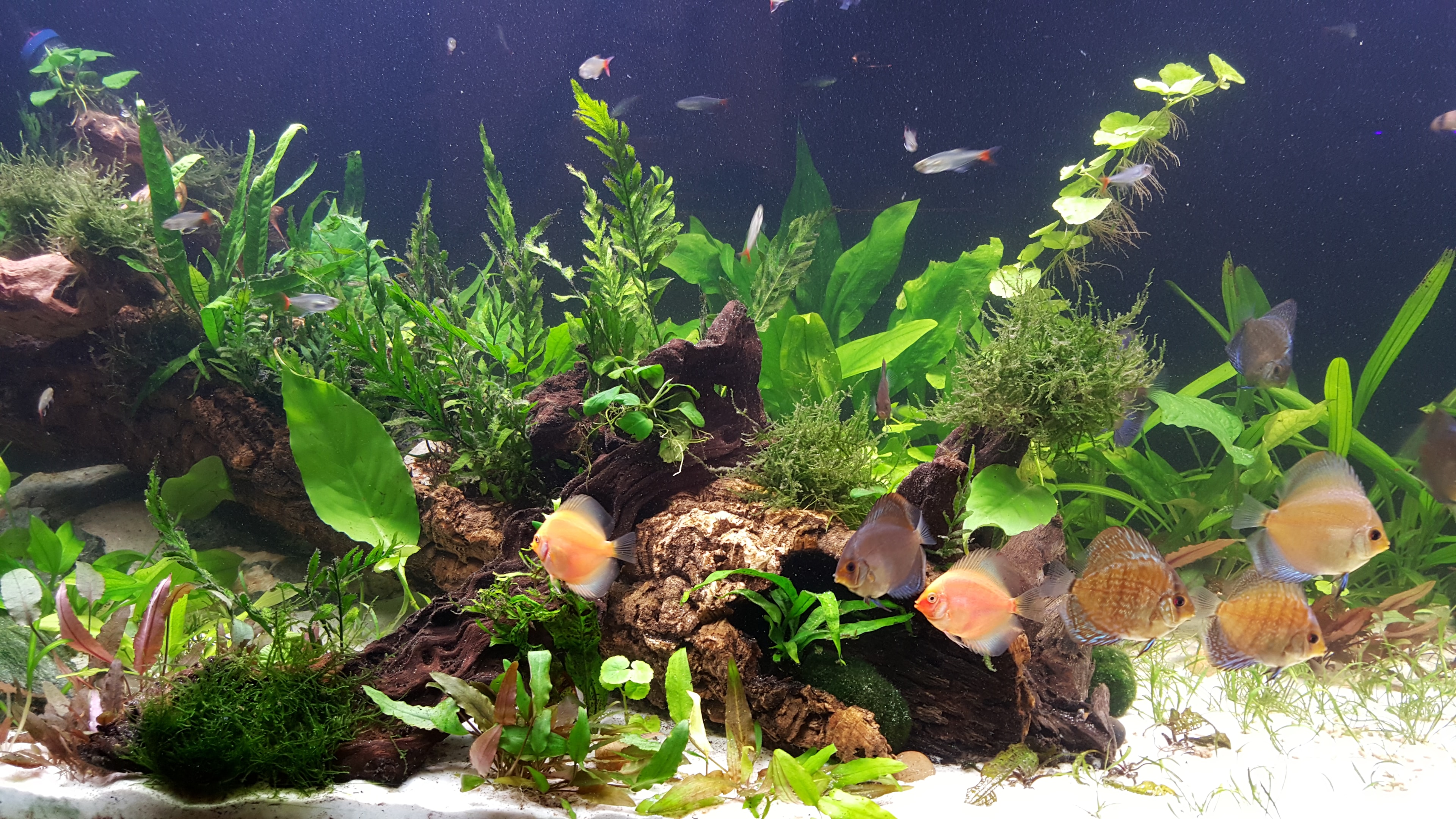
Lighting Considerations
Lighting is another vital factor in the success of non CO2 planted tanks. Adequate light supports photosynthesis, allowing aquatic plants to convert light energy into chemical energy for growth. However, low light conditions are often recommended for these setups to prevent excessive algae growth and maintain a balanced environment.
Choosing the right type and intensity of light is crucial for promoting plant health. In low tech tanks, LED lights are a popular choice due to their energy efficiency and ability to provide a suitable spectrum for aquatic plants. Balancing light duration and intensity helps achieve optimal growth while avoiding issues associated with high light levels, such as algae overgrowth.
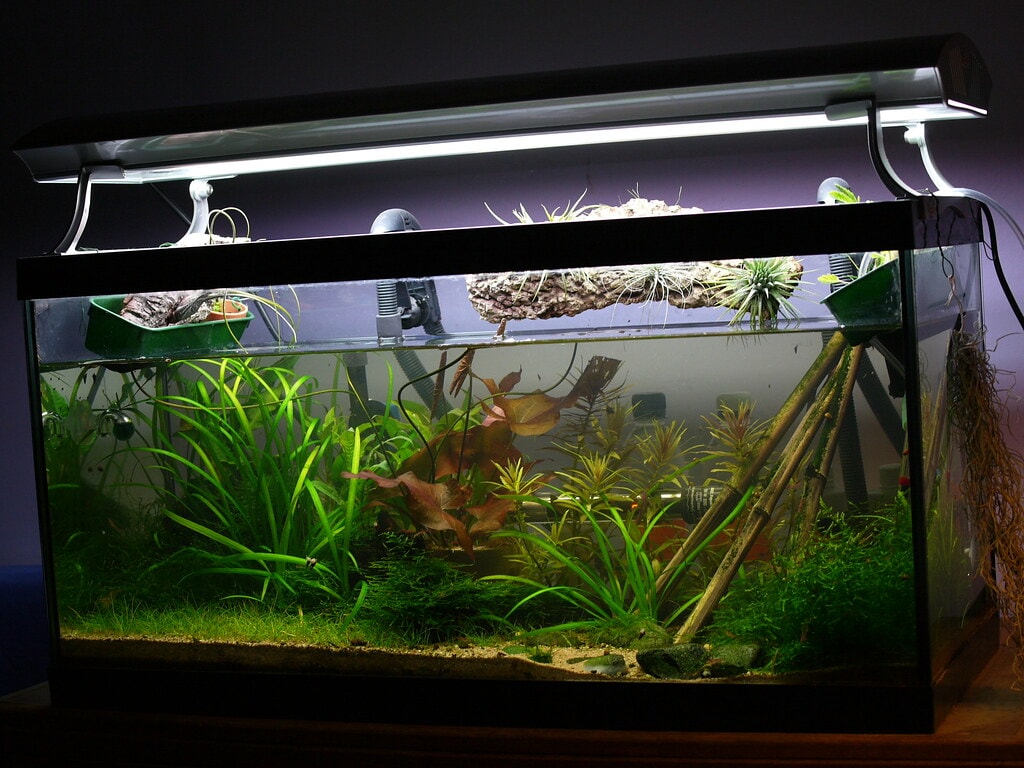
Water Parameters and Maintenance
Maintaining stable water parameters is essential for the health of non CO2 planted tanks. Regular water changes help control nutrient levels, remove waste, and prevent the buildup of harmful substances. This routine is vital for ensuring the longevity and health of both the plants and fish in the tank.
In addition to water changes, monitoring parameters like pH, hardness, and temperature can help create an environment conducive to plant growth. Consistency in these parameters supports healthy plants and reduces stress on the ecosystem, making it easier to maintain a thriving planted aquarium without relying on additional carbon dioxide or fertilisers.
Plant Selection for Low-Tech Tanks
Selecting the right plant species is crucial for the success of non CO2 planted tanks. Certain plants are naturally adapted to thrive in low light and low-nutrient environments. Examples include Java Fern, Anubias, and Cryptocoryne, which are well-suited for low tech tanks and require minimal care.
These plant species are resilient and can grow well without co2 injection or frequent dosing. Their ability to survive in varied conditions makes them ideal for beginners and hobbyists looking to maintain a planted aquarium with minimal intervention. Proper plant selection ensures that the ecosystem remains balanced and that plant health is sustained over time.

Natural Fertilization Methods
In non CO2 planted tanks, natural fertilization methods play a significant role. Fish waste and decaying organic matter provide essential nutrients that support plant growth. This natural process reduces the need for additional ferts and aligns with the principles of low-tech aquarium keeping.
Understanding how to fertilise aquarium plants naturally can enhance the health and vitality of the tank. By incorporating techniques such as adding leaf litter or using a nutrient-rich substrate, hobbyists can create an environment where aquatic plants thrive without the need for synthetic fertilisers.
Bioload and Its Impact
The concept of bioload is critical in non CO2 planted tanks. Bioload refers to the amount of waste produced by the inhabitants of the aquarium, including fish, invertebrates, and decaying plant matter. Managing bioload is essential to maintain water quality and support plant growth.
A balanced bioload ensures that fish waste provides sufficient nutrients for the aquatic plants without overwhelming the system. Proper stocking levels and regular water changes help manage bioload effectively, promoting a healthy and sustainable planted aquarium. This balance is crucial for achieving optimal growth and maintaining the overall health of the ecosystem.
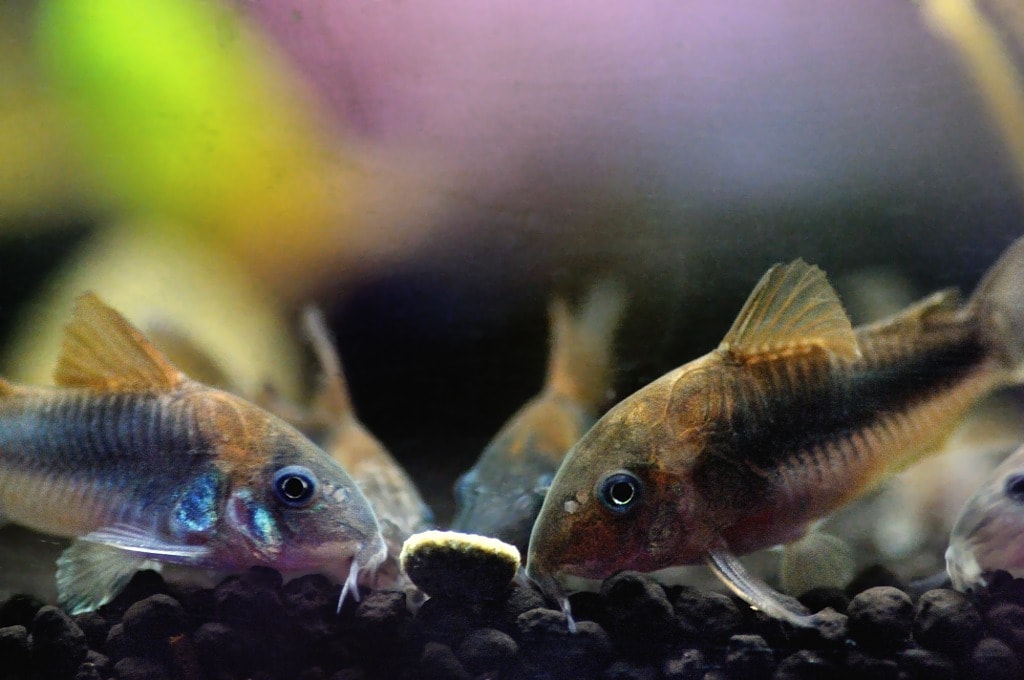
The Role of CO2 in Planted Tanks
CO2 injection plays a significant role in the growth of plants in planted tanks. In high-tech setups, adding carbon dioxide can dramatically increase the rate of photosynthesis, leading to faster and more robust plant growth. However, in a non CO2 injected tank, plants must rely on the naturally occurring CO2 in the water, which can limit their growth potential.
Comparing CO2 vs no CO2 grow setups, it's evident that CO2 injection allows for higher light levels and supports a wider variety of plant species. Without CO2, hobbyists need to carefully balance light levels and nutrient availability to prevent issues such as algae growth and nutrient deficiencies. Understanding the role of CO2 helps in designing a successful planted aquarium, whether opting for a low-tech or high-tech approach.
Common Challenges and Solutions
Maintaining non CO2 planted tanks comes with its own set of challenges. One common issue is nutrient deficiency, which can lead to poor plant growth and overall plant health. Without ferts and CO2 injection, plants might not get the nutrients they need from the substrate and water alone.
To address these challenges, hobbyists can implement several solutions. Regular water changes can help manage nutrient levels, while choosing plant species that are naturally adapted to low light and low-nutrient conditions can reduce the need for additional fertilization. Ensuring a balanced bioload and using natural photo methods, such as fish waste, can also help maintain healthy plants in a non CO2 environment.
Case Studies of Successful Low-Tech Tanks
Examining real-world examples of successful non CO2 planted tanks can provide valuable insights. In several case studies, tanks with low light levels and carefully chosen plant species have shown consistent and manageable growth of aquatic plants without significant algae issues. These tanks typically feature hardy plants like Java Fern and Anubias that thrive in low light and low-nutrient conditions.
These case studies highlight the importance of balance and patience in maintaining a planted aquarium without ferts, dosing, or CO2 injection. By understanding the specific needs of their plants and maintaining stable water parameters, hobbyists can achieve a thriving, low-tech aquarium that is both beautiful and sustainable.
Benefits of Low-Tech Planted Tanks
There are several benefits to maintaining a non CO2 planted tank. One of the most significant advantages is the reduced cost and complexity compared to high-tech setups. Without the need for CO2 injection systems, ferts, and intensive dosing regimens, low-tech tanks are more accessible to beginners and those with limited budgets.
Another benefit is the simplicity and ease of maintenance. Low tech tanks often require less frequent intervention, allowing hobbyists to enjoy their aquariums with minimal effort. Additionally, the natural balance achieved in these setups can lead to more stable and resilient ecosystems, supporting the long-term health and vitality of aquatic plantsand fish.
Criticisms and Limitations
Despite their appeal, non CO2 planted tanks have faced some criticisms and limitations. One common criticism is the slower plant growth compared to high-tech tanks. Without carbon dioxide supplementation and regular fertilization, plants may not grow as quickly or as robustly, which can be a drawback for those seeking a lush, rapidly developing planted aquarium.
Additionally, the limited variety of plant species that can thrive in low light and low-nutrient conditions can restrict the aesthetic diversity of these tanks. While there are many beautiful and hardy plants suitable for non CO2 setups, hobbyists looking for more exotic or demanding species might find these limitations frustrating. Understanding these criticisms can help set realistic expectations for those considering a low-tech approach.
Economic Considerations
One of the significant advantages of maintaining a non CO2 planted tank is the cost savings. High-tech setups often require substantial investment in equipment such as CO2 injection systems, high-intensity lighting, and regular purchase of ferts and supplements. In contrast, low tech tanks are more budget-friendly, requiring fewer initial and ongoing expenses.
Over time, the reduced need for water changes, ferts, and carbon dioxide injections translates to lower maintenance costs. This economic advantage makes non CO2 planted tanks an attractive option for beginners or hobbyists looking to enjoy the beauty of a planted aquarium without the high costs associated with high-tech systems. The simplicity and cost-effectiveness of low-tech setups contribute to their growing popularity in the aquarium hobby.
Environmental Impact
Assessing the environmental impact of non CO2 planted tanks reveals several benefits. These setups often align with sustainable practices, reducing reliance on synthetic chemicals and energy-intensive equipment. The absence of CO2 injection systems and ferts minimizes the ecological footprint, making low tech tanks a more environmentally friendly option.
Additionally, the use of natural fertilization methods and the promotion of plant health through balanced ecosystems contribute to a more sustainable approach to aquarium keeping. By embracing low-tech methods, hobbyists can enjoy the beauty of aquatic plants while promoting environmental stewardship and reducing their impact on the planet.

Conclusion and Final Thoughts
In conclusion, non CO2 planted tanks offer a valid and appealing alternative to high-tech setups. While they come with certain limitations, such as slower plant growth and fewer plant species options, their benefits in terms of simplicity, cost-effectiveness, and environmental impact are significant.
For hobbyists seeking a low-maintenance, budget-friendly, and sustainable way to enjoy a planted aquarium, embracing the principles of no ferts, no dosing, and no CO2 can lead to a rewarding and fulfilling aquarium experience. With careful planning, appropriate plant selection, and regular maintenance, non CO2 planted tanks can thrive, showcasing the beauty and resilience of aquatic plants in a natural, balanced environment.
Meet our bestseller! The Pro-Elite Series Complete Aquarium CO2 System with New Inline CO2 Diffuser!
